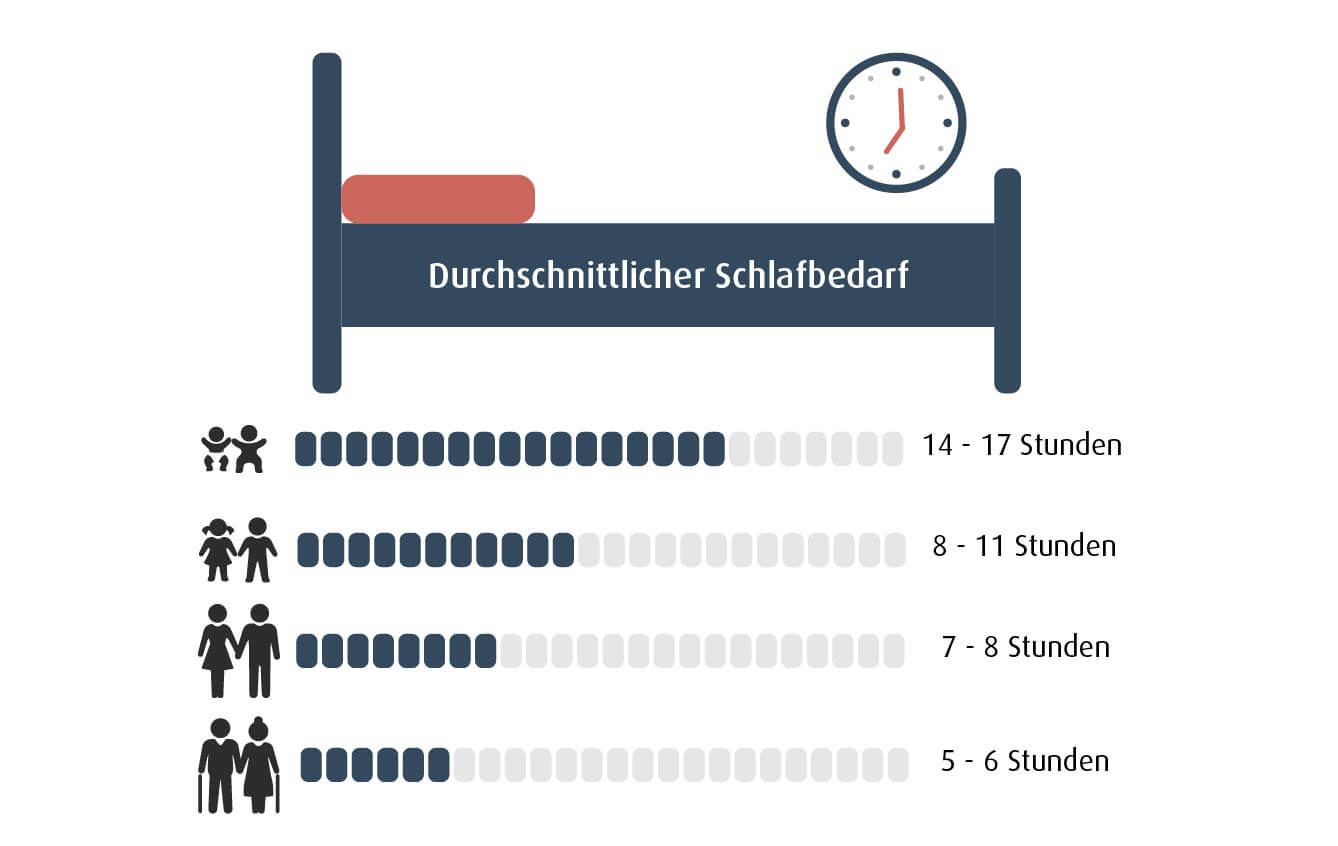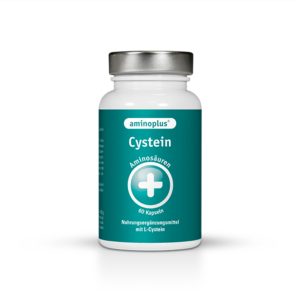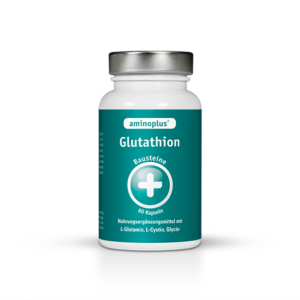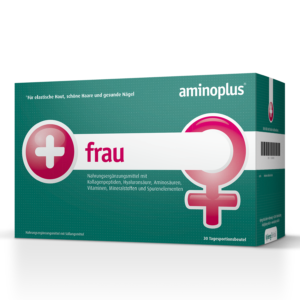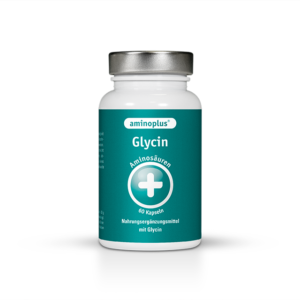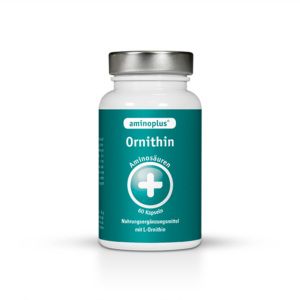NEWSLETTER
Sleep disorders – causes and symptoms
“I couldn’t sleep all night!” is a phrase that has become the norm in today’s society. But only someone who suffers from sleep problems can understand the suffering behind this sentence. After all, a regular sleep rhythm is essential for Healthy sleep.
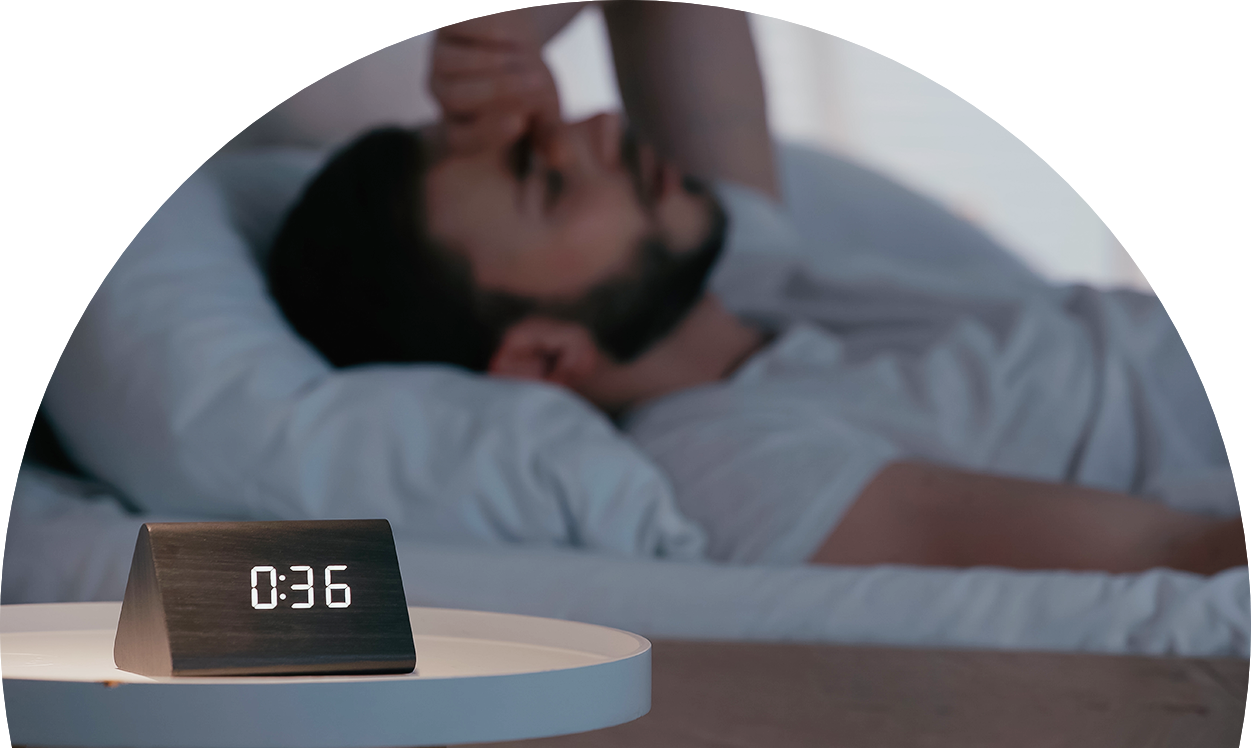
Sleep disorders – causes and symptoms
Guideline – Non-restorative sleep/sleep disorders
One in five people worldwide has sleep disorders. In Germany, it is even one in four.
According to information from the DGSM, 1.9 million people in Germany regularly take sleeping pills. As a result, 25% of the population complain of sleep disorders and 11% experience their sleep as “often not restful”.
Difficulty falling asleep and staying asleep or waking up prematurely in the morning impair the body’s regeneration process, which is stimulated during sleep, and have an impact on daytime tiredness, concentration problems, irritability and performance. Long-term sleep deprivation weakens the Immune System and can affect Health, e.g. with cardiovascular complaints, headaches, high blood pressure or obesity.
The International Classification of Sleep Disorders (ICSD) defines the severity of a sleep disorder (insomnia) as mild, moderate or severe (Table 1). The classification is based on the duration (acute min. 4 weeks, subacute min. 6 months and chronic up to more than 6 months) of the sleep disorder and six main groups (Table 2):
- Insomnia
- Sleep-related breathing disorders
- Hypersomnias of central nervous origin
- Circadian rhythm – sleep disorders (circadian sleep-wake rhythm disorders)
- Parasomnias
- Sleep-related movement disorders
Sleep disorders – causes and symptoms
Sleep disorders
Insomnia/psychophysiological insomnia
Insomnia is a recurring or long-lasting sleep disorder. Those affected have difficulty falling asleep or staying asleep, early awakenings or a feeling of unrefreshing sleep. Psychophysiological insomnia is the most common sleep disorder; it is a sleep disorder without an organic or psychiatric cause. It is not uncommon for insomnia to persist despite the causes being eliminated, as those affected develop a fear of the prospect of another sleepless night. They lie awake in bed for hours, brooding about their sleeplessness. The constant fear of the day, that they will have to reckon with tiredness and exhaustion, keeps them awake.
Sleep-related breathing disorders (SBAS)
There are four different forms of sleep-related breathing disorders. What these sleep disorders have in common is that they are characterized by snoring, abnormal breathing patterns (reduction in respiratory flow by ≥ 30%) or pauses in breathing (apnea) as well as insufficient ventilation during sleep. Only inpatient polysomnography can determine the type and severity. Those affected feel pronounced daytime sleepiness or drowsiness during the day.
SBAS are divided into four large groups according to the International Classification of Sleep Disorders (ICSD-3):
- Obstructive sleep apnea (OSA)
- Central sleep apnea (CSA)
- Sleep-related hypoxemia
- sleep-related hypoventilation
Frequency
- one to two percent of the population
- Proportion of males clearly outweighs females
- The disease peaks between the ages of 45 and 60. In this age group, the proportion is between five and nine percent of the population, depending on the study.
Hypersomnias unrelated to sleep-related breathing disorders
Hypersomnia, also often referred to as “sleep addiction”, is characterized by a pathologically increased need for sleep and abnormal daytime sleepiness. Those affected feel very tired and tired during the day and sleep involuntarily, repeatedly at inappropriate times and situations. The most extreme form of hypersomnia is narcolepsy, but this is very rare.
Disorders of the circadian rhythm
In the case of a circadian rhythm disorder, the daily cycle shifts and thus influences the sleep phases forwards or backwards. This affects the timing of sleeping and waking within the 24-hour day. The sleep-wake rhythm (the so-called internal clock) is disturbed. The cause of this sleep disorder can be jet lag, shift work or frequently going to bed and waking up at different times.
Parasomnias
Parasomnias are unwanted events (e.g. nightmares, teeth grinding, talking in sleep and sleepwalking) that occur during sleep or between sleep and wakefulness. The actions are carried out unconsciously by those affected. There are different relationships to the REM (“rapid eye movement”) sleep stage and the non-REM sleep stages. Parasomnias are more common in children and adolescents than in adults, but they are usually of a harmless nature.
Sleep-related movement disorders
Sleep-related rhythmic movement disorder is a neurological condition in which the affected person rocks or moves their body in a repetitive manner shortly before or during falling asleep because they perceive abnormal sensations (e.g. ants running, burning, pulling, a feeling of heat and the urge to move), usually in the legs (rarely in the arms). The cause of the disorder is probably a neurological dysregulation.
Classified as movement disorders:
⦁ Restless legs syndrome
⦁ Periodic limb movement disorder
⦁ Sleep-related bruxism (teeth grinding)
⦁ Sleep-related rhythmic movement disorders
Source: gbe-bund.de

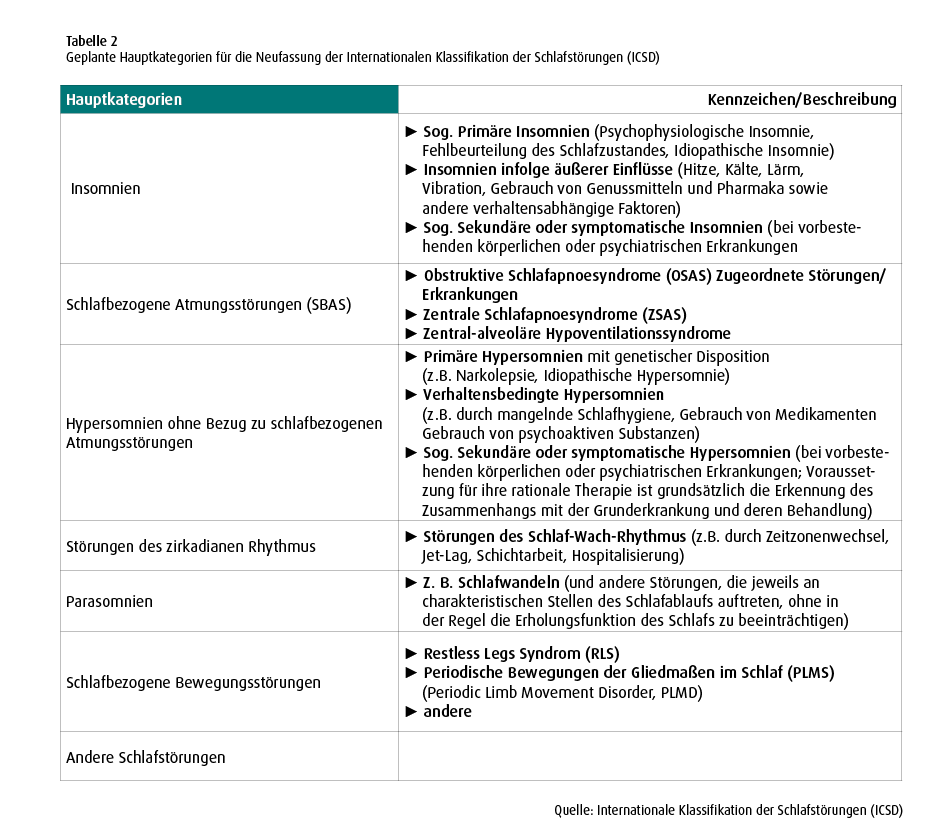
Sleep disorders – causes and symptoms
Sleep, an important task of the body
Some factors can promote or cause sleep problems, for example:
- Professional and private stress
- Medication
- Under the influence of alcohol and drugs
- Environmental and residential toxins
- Noise
- Unfavorable sleeping conditions
- Jet lag
- Restlessness in the legs (e.g. restless legs syndrome)
- Shift work
- Pre-existing conditions (e.g. depression)
- Nocturnal respiratory arrest (e.g. sleep apnea)
- Pain
- Menopause (e.g. hot flushes at night and urge to urinate)
Sleep – our regeneration and repair program
Regular and restful sleep is very important for our Health, body and mental state. When we sleep and our active bodily functions are slowed down, important processes take place in the body that serve to maintain and regenerate. In addition to a successful and efficient day, restful sleep should therefore also be given the necessary attention.
- Digestive processes
- Detoxification
- Processing impressions
- Memory formation
- Immune strengthening
- Cell renewal
- Reduction of inflammation
- Stress reduction
Please also take a look at our “Sleep Health” theme world on this topic.
Sources:
dgsm.de
American Academy of Sleep Medicine (2001) ICSD – International classification of sleep disorders, revised: diagnostic and coding manual. American Academy of Sleep Medicine, Rochester, Minnesota
